Fall Reset: Mental Health Strategies for Returning to Routine After Summer
Summer tends to carry its own rhythm—longer days, looser schedules, more freedom to break from routine.
Then fall arrives, and suddenly it’s back to reality. School schedules, work demands, earlier sunsets, and the pressure to “get back on track” can feel overwhelming.
For many people, this transition stirs up stress, fatigue, and even low mood. In some cases, it connects directly to seasonal affective disorder, a type of depression tied to changes in light and weather. Whether you’re heading into fall with energy or dreading the shift, finding healthy ways to reset matters.
Let’s walk through some of the most common questions about adjusting after summer—and how to use this season as an opportunity to create balance, regulate emotions, and protect your mental health.
1. What are the symptoms of seasonal affective disorder?
As daylight hours shorten in the fall, some people experience a noticeable dip in mood and energy. This isn’t just “not liking cold weather”—it’s often a sign of seasonal affective disorder. Symptoms can include:
Feeling down or depressed most days.
Low energy and fatigue, even after resting.
Trouble concentrating or staying motivated.
Changes in appetite, often craving carbs or sweets.
Withdrawing from social activities.
Recognizing these symptoms early is key. If you notice your mental health slipping as the seasons shift, it may be more than routine stress.
Naming it as seasonal affective disorder helps you take it seriously and seek support, rather than brushing it off as “just the fall blues.”
2. How can I adjust to a new routine after summer?
One of the hardest parts of the fall transition is getting back into structure—early mornings, tighter schedules, and more demands. That shift alone can spike stress, especially if you’re also feeling the effects of seasonal affective disorder.
Here are a few gentle strategies to help you reset:
Ease into bedtime changes: Gradually move your bedtime earlier instead of all at once.
Anchor your mornings: Start the day with consistent rituals—light exposure, a short walk, or a calming routine.
Block downtime intentionally: Over-scheduling can backfire. Protecting small breaks helps regulate mood and energy.
Use light strategically: Exposure to bright light in the morning helps counteract sluggishness tied to shorter days.
When you pair routine adjustments with mental health awareness, the transition feels less jarring and more sustainable.
3. How does seasonal affective disorder affect students and professionals?
The seasonal shift doesn’t impact only mood—it can ripple into school and work performance. Students may notice a harder time concentrating, procrastinating, or feeling motivated. Professionals often describe brain fog, reduced creativity, or higher stress levels.
Seasonal affective disorder magnifies these challenges because it affects energy, sleep, and emotional regulation. What might normally feel like a busy schedule can become overwhelming when low mood is layered on top.
The good news?
By naming the pattern, you can plan for it. Students might benefit from extra structure in study schedules, while professionals may need to set clearer boundaries around work hours. Both can benefit from regular exercise, balanced nutrition, and mental health support like therapy or coaching.
4. What are natural ways to manage seasonal affective disorder?
If you’re noticing the signs of seasonal affective disorder, you’re not alone—and you’re not powerless. While medical treatment (like therapy or medication) is often helpful, there are also natural approaches you can incorporate into your fall reset:
Light therapy lamps: Mimic natural sunlight to improve mood and energy.
Daily movement: Even a 20-minute walk outdoors can help regulate mood.
Mindfulness practices: Meditation and breathing exercises calm stress and support emotional regulation.
Balanced nutrition: Omega-3s, lean proteins, and fresh produce can help stabilize energy levels.
Consistent social connection: Staying engaged with family and friends helps combat withdrawal.
These approaches don’t replace professional support, but they can strengthen your mental health foundation through seasonal transitions.
5. When should I seek professional help for seasonal affective disorder?
It’s normal to feel a little tired or unmotivated when the seasons change. But if your symptoms last more than a couple of weeks, interfere with your daily functioning, or feel overwhelming, it may be time to seek help.
Therapists and psychiatrists can provide tools that go beyond natural strategies. For some, talk therapy helps process the emotional weight of seasonal changes. For others, medication management can be a key part of treating seasonal affective disorder effectively.
The three-month rule is a good guide: if symptoms persist or worsen over a season, professional support is strongly recommended. Remember—seeking help doesn’t mean you’re failing. It means you’re prioritizing your health.
Final Thoughts: Turning the Fall Transition Into a Reset
Shifting from summer freedom to fall structure can feel overwhelming, but it doesn’t have to derail your wellbeing. With intentional strategies, the season can become an opportunity to reset—not just your schedule, but your mental health.
Recognizing the signs of seasonal affective disorder, adjusting routines mindfully, and using both natural and professional support systems can help you feel more grounded as the days grow shorter. This isn’t about “toughing it out”—it’s about listening to your mind and body and giving them what they need.
Fall in New York City doesn’t have to be the season of burnout or low mood.
With the right strategies, it can be the season where you reclaim balance, resilience, and emotional clarity—setting yourself up not just to survive the transition, but to thrive in it.



